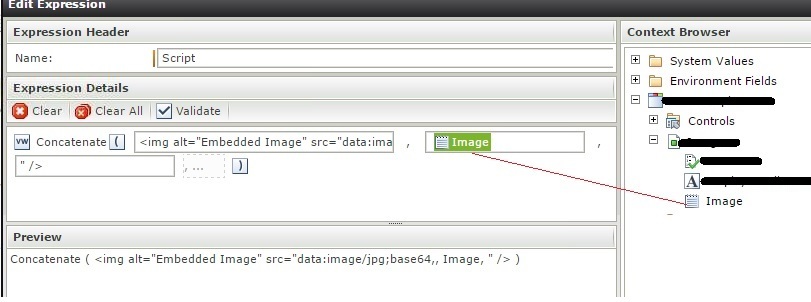Hi All. I am new to K2 so still in learning mode, so bear with me. I am building an application that stores an Image File to a SQL Server table. It works fine in terms of viewing in K2 and storing in the table. I am trying to write a process on the database side that creates an image file to the O/S. I have used both BCP method as well as sp_OACreate 'ADODB.Stream' to generate the file, which it does but the image is not readable. When I look at the data, I notice what appears to be xml tags at the beginning of the record so I am figuring that is part of my problem. I tried removing the tags but to no avail. Has anyone dealt with this before and can provide me with some guidance?
Thanks,
Steve




